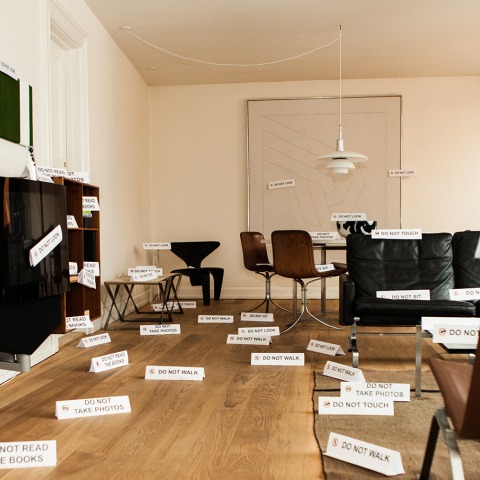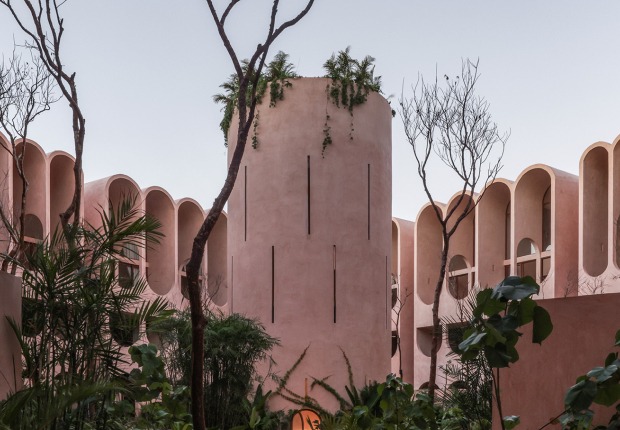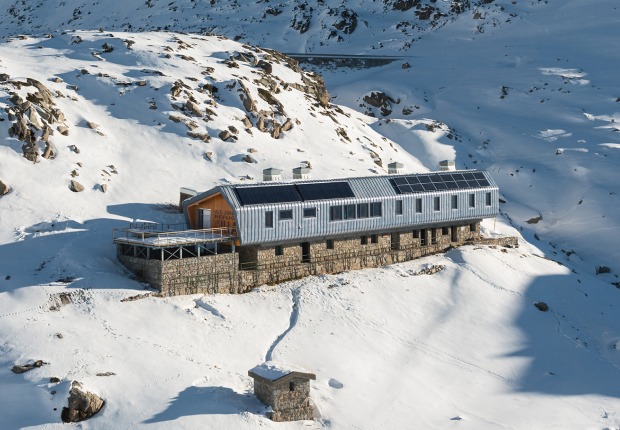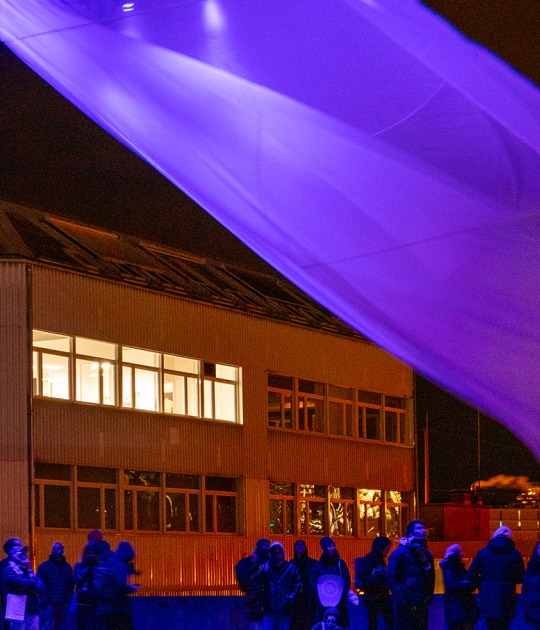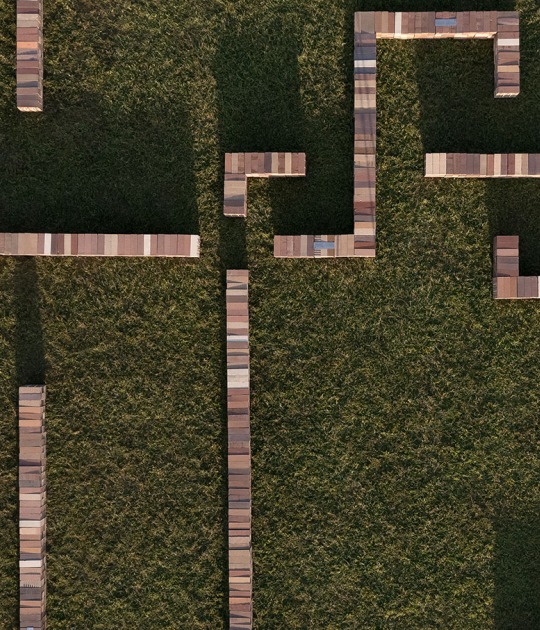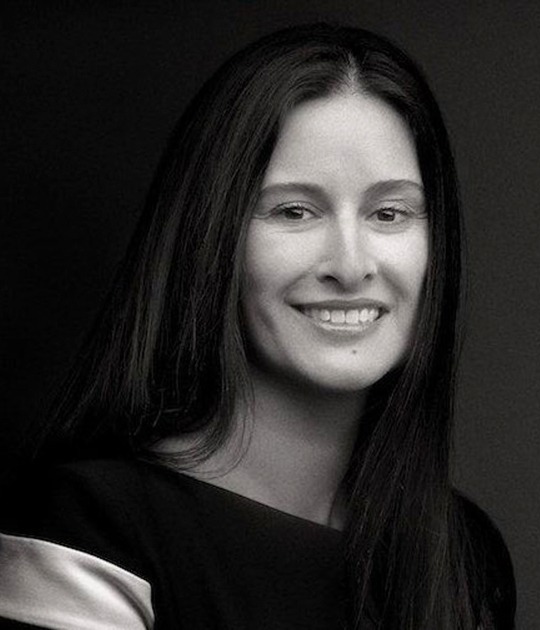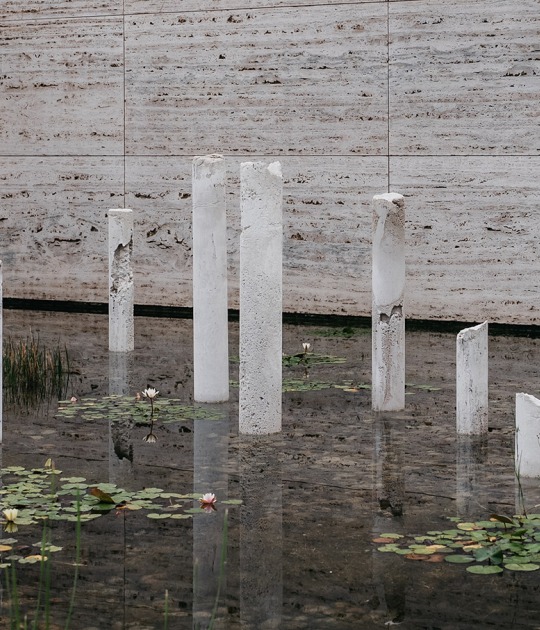Memory of the project by José María Torres Nadal
The House is a Museum is a project that emerged from a contest in Yenikapi (Istanbul) in 2011. We there argued that only intensely subjective domestic experiences can construct projective resistance arguments in the cities. In November 2012, during The House is a Museum course run with Maria Gomez Guillamón in Copenhagen, we proposed four physical transformation actions of the Guest Apartment where I was staying. There would also be four reinterpretations of the Danish flag where red as a colour is replaced by information in red about cultural, social and political actions.
My House Is Your Museum started to be developed in May 2013, once back from Copenhagen, in the physical space of my house as a physical extension of the Copenhagen project. My interest in the political construction of my own intimacy was half down to commitment and half down to experience.
Those two projects were submitted as a benchmark for a third project proposal, which we hope to be able to develop in La Conservera, an art centre in Murcia.
Both projects seek to delve into the possibilities of explaining the architectural activity from certain non-standard domains for architecture. They are journeys that the world of art has already embarked on and that, on the other hand, force architecture to more precise definitions regarding its proximity to philosophy and the world of art. Thus, the title ARTITECTO [ARTITECT] for the Murcia proposal it's a grammatical variation on a new work format, a new definition of roles: proximity systems between art and architecture.
THE HOUSE DRAMATIZED AS A COMMON GOOD
Architecture
I believe that architecture is one of the problems known as problems with no technical solution. All the movements that have overlooked this condition or worked against it, have ended up constructing situations that are continuously contesting the human condition of the cultural and natural commons.
This is a time where the architecture must be mobilised keenly not technically, self-construct from there into a sequence of events that give shape to something essential to architecture: on the one hand, its participated entity as a full-fledged and essential construction, and, on the other hand, to develop a construction of creativity as an constituent entity of politics.The theme of the present is a choice: this is a time where the spaces, houses, schools of architecture, cities, like their inhabitants, have to choose what we want to say about what happens around us.
Dramatization
During the presentation of the project on 18 October, I performed by reciting a text by Agustin Fdez Mallo entitled THAT MAN YOU SEE THERE IS NOT ME, BUT IT IS MY APPEARANCE I SEE. During the four minutes that the performance lasted, I moved along a tape stuck to the floor as if I were a tightrope walker along a rope hanging in the air.
The important thing is to act. The important thing is to act in the house: introduce the concept of mobilising, with a desire to mobilise, new differences between the persons and the things, in the relations between them. Acting is a way of moving away and passing over what usually happens. A way of bypassing the evidence and showing the latent relations between the facts and the proposals of inhabiting the house or the city.
